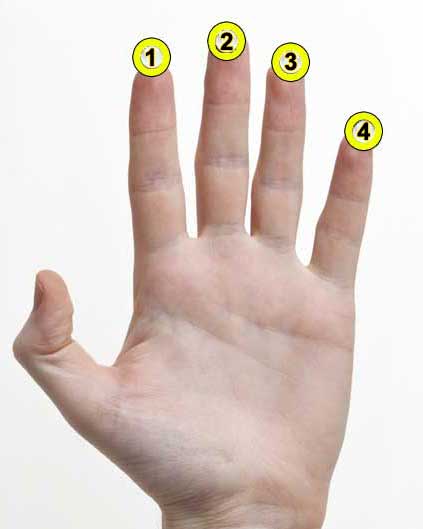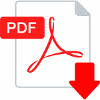C# Dominant Seventh Flat Thirteen Added Guitar Chord Charts & Variations

Welcome to our comprehensive tutorial on the C# 7(b13) chord, a member of the Dominant Chords family. This chord is constructed with the notes C#, E#, G#, B, and A, and is built using the intervals 1, 3, 5, b7, and b13. Understanding these intervals is crucial in mastering the construction of this chord. For a deeper dive into this topic, we recommend our tutorial on building chords by stacking intervals.
The full names of the music intervals that make up the C# 7(b13) chord are: Root, Major Third, Perfect Fifth, Minor Seventh, and Minor Thirteenth. These intervals give the chord its unique sound. If you're new to the concept of intervals, our tutorial about fretboard intervals can be a great starting point.
As part of the Dominant Chords family, the C# 7(b13) chord is often used in various genres of music, including jazz and blues. If you're interested in learning more about how dominant chords are used in music, check out our tutorial about dominant (7) guitar chords.
In this tutorial, we will provide chord diagrams and fretboard patterns that show the tones composing the C# 7(b13) chord. This will help you visualize and understand the structure of the chord on your guitar. For more advanced chords, you might want to visit our tutorial about more advanced chords.
We hope this introduction has sparked your interest in mastering the C# 7(b13) chord. With practice and patience, you'll be adding this chord to your repertoire in no time!
Notes that compose the C# 7(b13) chord:
Tones in the Dominant Seventh Flat Thirteen Added chord:
How To Play The C#7(b13) chord on guitar
No guitar diagrams created yet for this chord. Request one here
 Download
the Free Guitar Chords Chart Pdf
Download
the Free Guitar Chords Chart Pdf